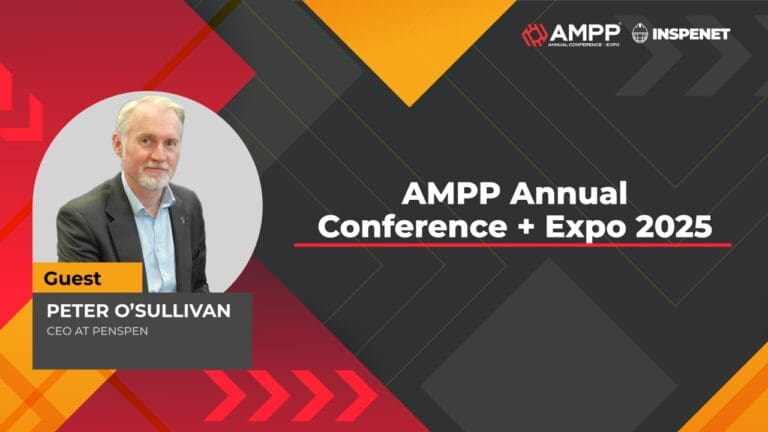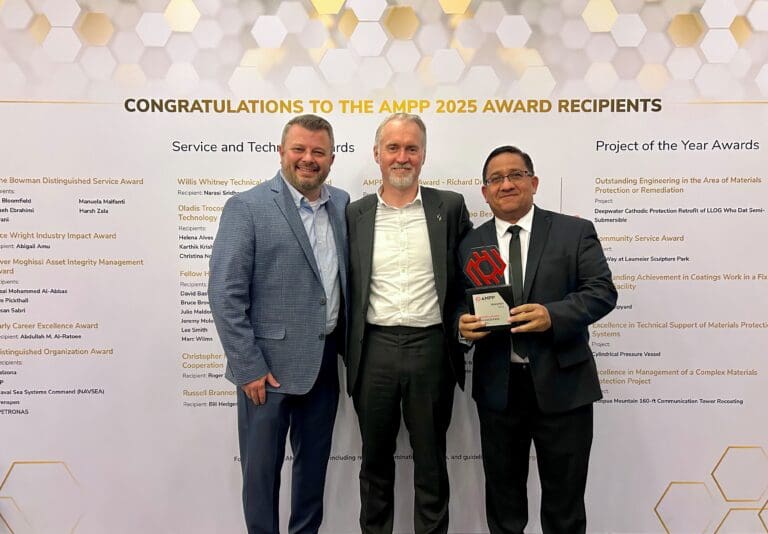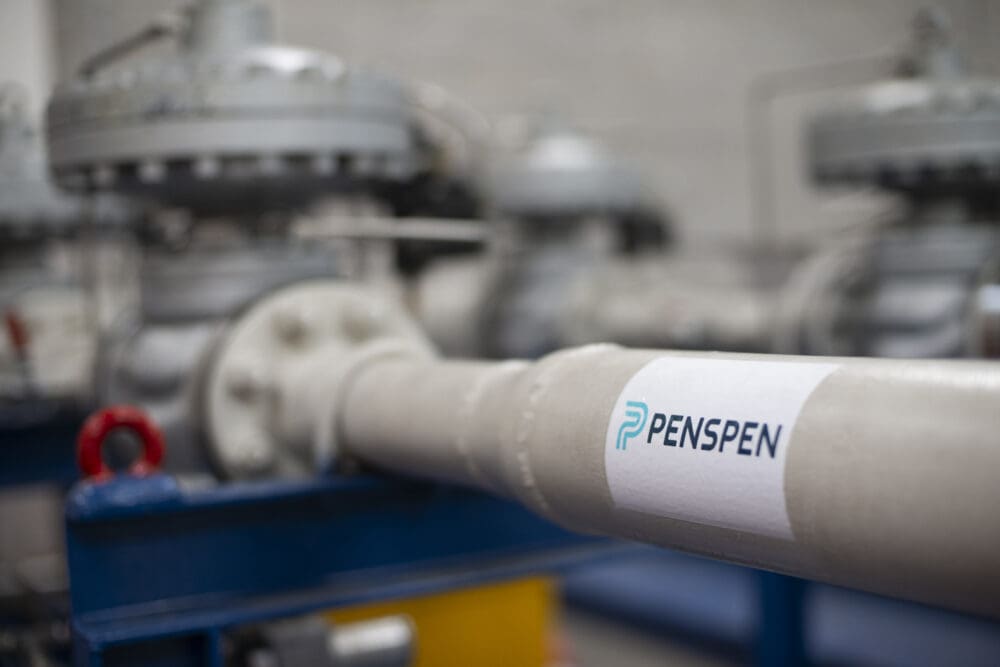Microbial Corrosion – The Methods of Handling Bacterial Monitoring

Microbiologically Influenced Corrosion (MIC) refers to the influence of microorganisms on the corrosion processes of metallic and non-metallic material interfaces (usually referred to as “biofilms”). Single stains and as well as diverse bacterial communities produce these biofilms, in which corrosion initiates and progresses, resulting in localised corrosion that can lead to leaks and pinholes. Internal monitoring of bacterial activity in equipment and piping is one of the most used strategies to assess the likelihood of occurrence of MIC. It’s important to note the simple presence of bacteria in a system does not necessarily indicate that they are causing a problem – parameters like sulphates, sulphides, pH, temperature and more help corrosion specialists with deciding on the prevention and control methods for the kind of corrosion that may be occurring, and there are specific strategies that can help with the monitoring of bacteria within an asset.
Planktonic Level Monitoring – Liquid Samples
Performing the bacterial count at a planktonic level requires taking samples of liquid (water) in the suspected asset under normal operation for several days continuously to establish a baseline growth scale. Depending on the bacterial growth rate, the sampling period/styles should also vary – examples include:
- Sampling twice a day for 3-5 days
- Sampling once a month/every two weeks
- Sampling during periods with different fluid mixtures in the pipeline
For a complete understanding of the bacterial ecology of the system, the entire system must be evaluated at points where the probability is greater for bacterial growth (usually within the lower region of the pipe). Samples should be analysed as quickly as possible to minimize errors and the following information should be recorded when they’re taken:
- Date, time & location of the sample in the system
- Temperature, potential, and pH
- Dissolved oxygen and hydrogen sulphide content
- Any chemical compound present, whose concentration is important
- Describing the colour, turbidity, and odour of the sample
Sessile Level Monitoring – Solid Samples
Obtaining solid samples to quantify the population of sessile (immobile) bacteria level in a pipe requires scraping the inner surface of the device that is exposed to the same system conditions. Companies have designed tools such as the Bio-Coupons or Bio-Probes, which are aligned with the internal surface of a pipe and can create an area where colonized bacteria becomes removable and can be quantified within a lab for results. The Bio-Probes also allow online monitoring of biofilm formation on the metal surface as an indicator of the occurrence of MIC.
Inoculation, Incubation & The Process of Results
Inoculation and incubation of the samples are performed in the same manner for both strategies for bacteria counting. The same goes for the interpretation of the results – the main difference is that the results are reported in bacteria per unit area.
Planktonic count vs. Counting Sessile is shown that the number of planktonic bacteria cannot be related to the number of sessile bacteria. The bacterial counts planktonic level used to be the easiest way to determine the likelihood of MIC.
Want to know more?
Get in touch with us to learn more about Penspen’s methods when tackling different aspects of corrosion, and how these strategies can help you maintain the health of your asset.
Contact Us
"*" indicates required fields
Insights & News

Overcoming the Challenges in Implementing a Risk-Based Inspection (RBI) Program
Risk Based Inspection (RBI) is a risk assessment and management process that focuses on loss of containment of pressurised equipment in processing and refining facilities, due to applicable damage...

From Carpentry to Colnbrook: Our People – Tom
Tom is a Shift Leader at Colnbrook Rail Terminal, which transports aviation fuel to London Heathrow Airport. In this Our People feature, he shares how a redundancy early in his career showed him the...

Demystifying Hydrogen Fatigue Crack Growth
With the increasing momentum to adopt clean fuels coupled with the scrutinised investment horizons of maintaining ageing gas pipelines, there are well-established and mutually beneficial...

Energy – the final frontier?
The transition from a career developing structures for use in space to solving the challenges of implementing hydrogen infrastructure may not seem straightforward, but for Penspen’s Head of...

Exclusive: Peter O’Sullivan Discusses the Vision for the Future of Energy at Penspen with Inspenet at AMPP 2025
Penspen CEO shares how the company is leveraging its rich heritage to deliver the future of energy in an exclusive interview with Inspenet at AMPP 2025. (Interview preview featuring Richard Blaser,...

Penspen Launches Energy Transition Training Courses in Aberdeen, Scotland
International energy consultancy to share learnings from extensive hydrogen and carbon capture portfolio Penspen, a leading international energy consultancy, has announced it is launching its first...

Penspen wins the Association for Materials Protection and Performance’s Distinguished Organisation Award
(L-R Brandon Alexander – US Director, Peter O’Sullivan – CEO, Gustavo Romero – LATAM Director) At the Association for Materials Protection and Performance’s (AMPP) Annual...





